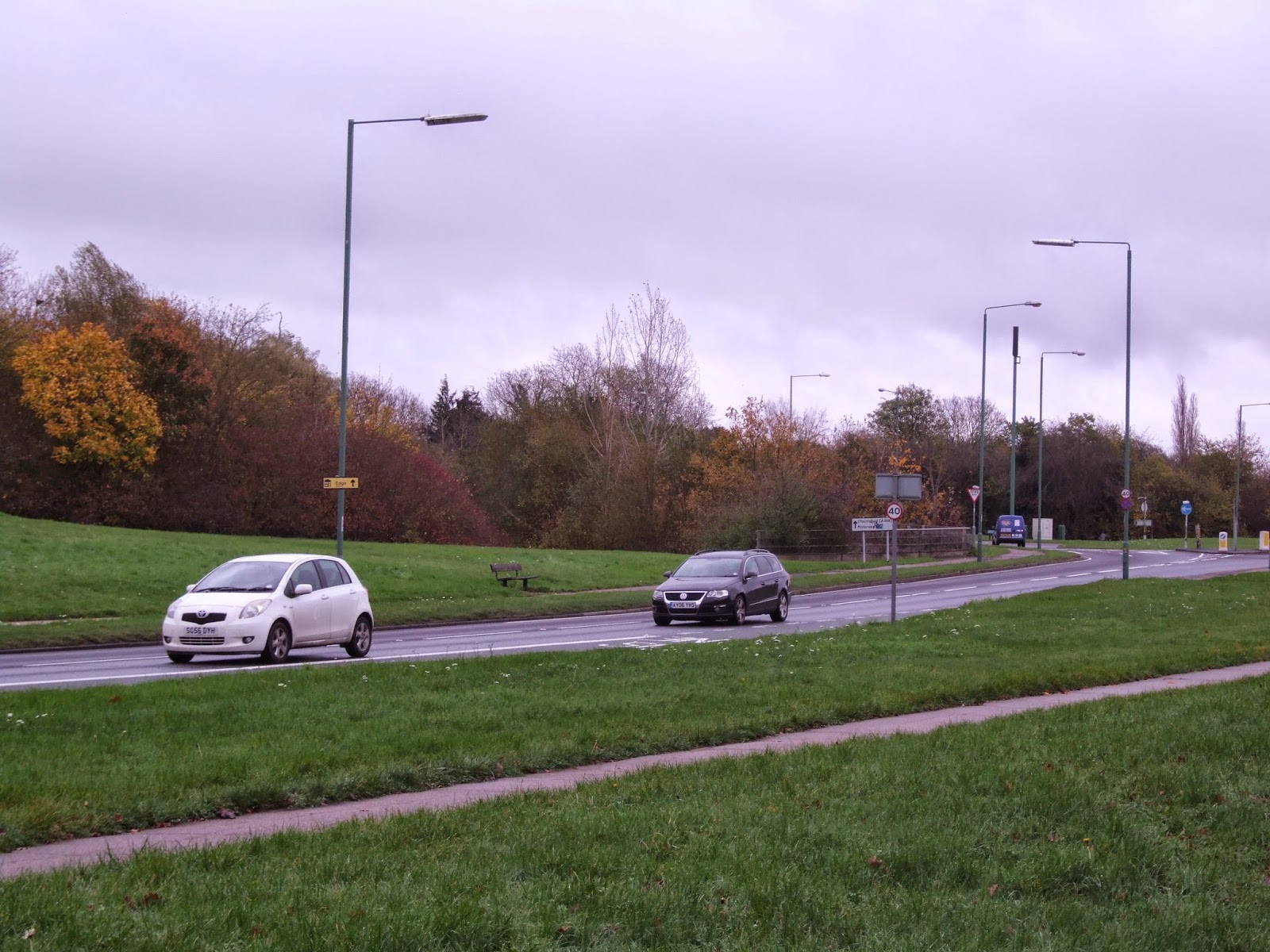Picture I have found:
The photograph that I have found on the internet is of two girls facing away from the camera, and one is wearing all black clothes, and the other is wearing all white clothes. This shows the contrast between the colours, as well as the two different kinds of people, which could also be associated with devil vs. angel, innocence vs. evil etc. I like that we cannot see the model's faces because then it isn't personal, but mysterious because we don't actually know who they are. This also makes us focus on their outfits and the colour of their clothes rather than who they are.
My photograph:
This image is from my first location contrast shoot. I like this image because there is a definite contract between the two people shown. The model on the left is wearing a white dress and has blonde hair, whereas the model on the right is wearing a black leather jacket and navy denim jeans, and has dark brown hair. This also relates to the concept of angel vs. devil because the two colours can be associated with the idea of an "innocent and pure" angel and an "evil and manipulative" devil. I also like that the model's are facing away from the camera because that means that we focus on other aspects like their clothes and hair colour, and then we aren't distracted by them personally or their expressions. I took this photo amongst a plain, white background because it emphasises the contrast between the two people, rather than distracts the viewer away from them.
The connection:
These two photographs are very similar because they both show the back of two girls, wearing completely different and opposite outfits. Where one is wearing dark or black clothing, and the other is wearing white or light coloured clothing. Both photos relate to the idea of angel vs. devil as it portrays the two girls as being the two opposite and contrasting sides. In both of these images, the models are standing close, next to each other. Which practically represents a contradiction because the angel and devil are associated with competing against one another and constantly fighting, whereas in these images, they are almost portrayed as friends as there is barely any distance between them.

















































